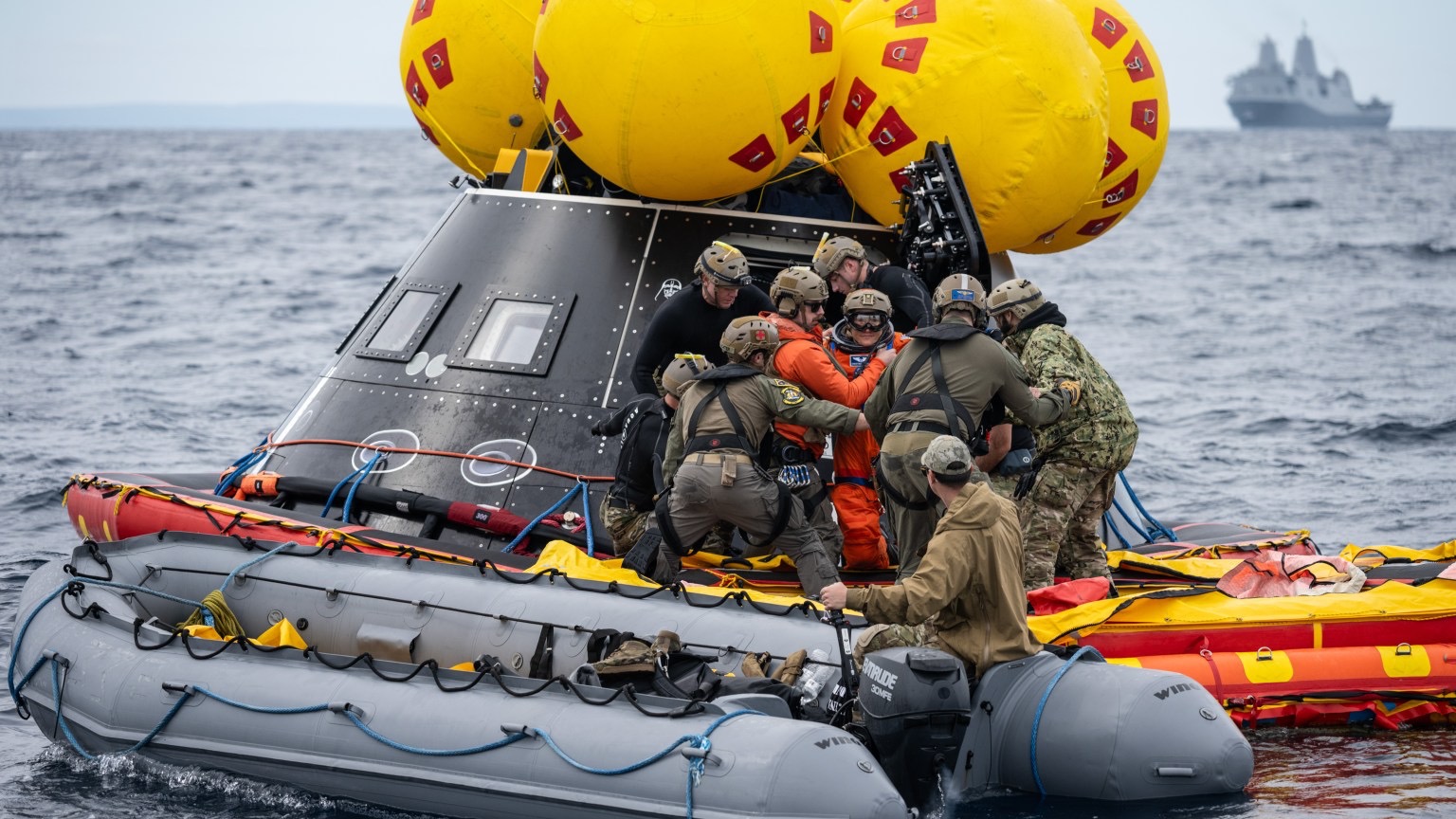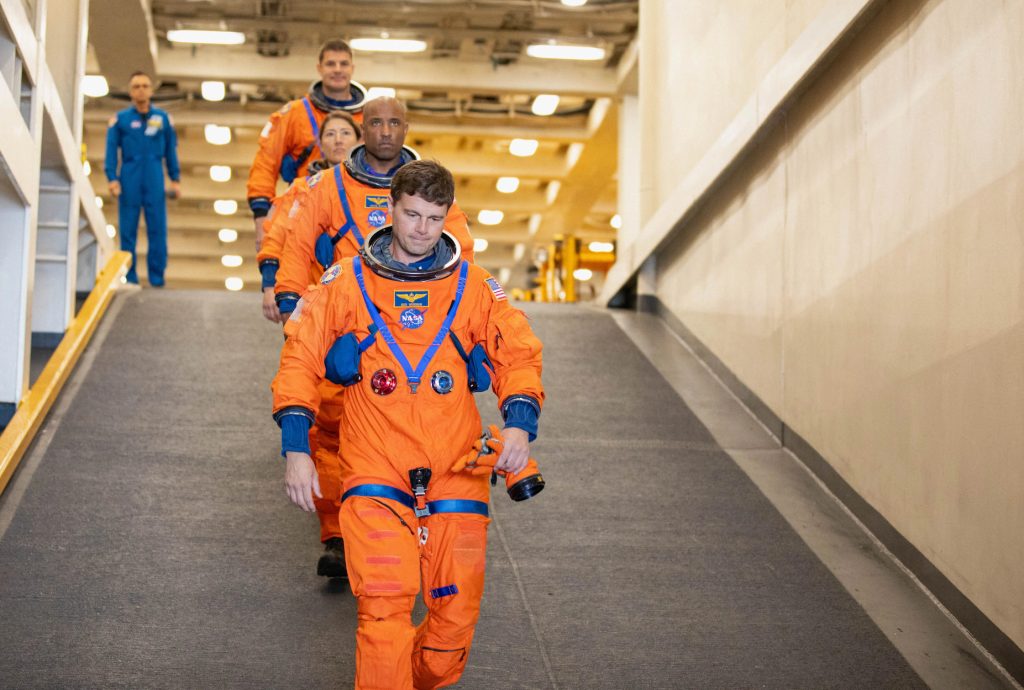
NASA, in conjunction with the Department of Defense, has successfully completed a pivotal recovery test for the Artemis 2 mission, marking a significant stride for the agency’s endeavor to return humans to the Moon. The exercise, conducted off the San Diego coast aboard the USS San Diego, was not just a routine operation but a crucial step in ensuring the safety and success of future lunar missions.
Underway Recovery Test 11 was a comprehensive simulation that involved the Artemis 2 crew, who are scheduled to fly around the Moon in 2025. This embodied the culmination of efforts to perfect post-mission astronaut recovery procedures. The February 25 test demonstrated the extraordinary capabilities of the U.S. Navy’s amphibious transport dock ships in meeting NASA’s stringent requirements, highlighting the indispensable role of precision, teamwork, and data collection in the safe return of astronauts to Earth.
The involvement of the Artemis 2 astronauts, Reid Wiseman, Victor Glover and Christina Koch of NASA, and Jeremy Hansen of Canada, added a touch of realism to the drill, showcasing the seamless integration of the human endeavor with maritime and space exploration efforts.
“Underway Recovery Test 11 made the next key step by incorporating the Artemis 2 crew into the operation to finalize the methods that will safely recover the astronauts following their mission to the Moon,” said Lt. Col. Kevin Pieper, First Air Force, Detachment 3 Artemis program director.

This operation underscores the collaborative spirit between NASA and the Department of Defense, ensuring astronauts are safely recovered within the critical two-hour window after ocean splashdown following the conclusion of their mission.
Join our Discord Server: Join the community with forums and chatrooms about space!
As the Department of Defense’s Human Space Flight Support manager, U.S. Space Command plays a critical role in the terrestrial rescue and recovery of NASA-sponsored astronauts and spacecraft for the Artemis program. The DoD’s extensive experience in human spaceflight support operations, spanning over six decades, brings invaluable expertise to the Artemis missions, each presenting unique challenges that demand innovative solutions.
Pieper further highlighted the intricate network of cooperation essential to advancing spaceflight in the 21st century. The collaboration involves U.S. Space Command, U.S. Indo-Pacific Command, the U.S. Navy, and Air Forces Space, all contributing to the foundation for future human exploration of the Moon, Mars, and beyond.
Supporting this monumental effort, Expeditionary Strike Group 3, under the deputy commander for amphibious and littoral warfare, U.S. 3rd Fleet, brings together amphibious squadrons, warships, and naval support elements, including approximately 18,000 active-duty and reserve Sailors and Marines. This formidable force is globally responsive and capable of deploying naval forces for a wide range of operations, from crisis response and humanitarian aid to major combat operations, emphasizing amphibious operations, disaster relief, and expeditionary logistics.
FTC: We use income earning auto affiliate links. More.
Comments